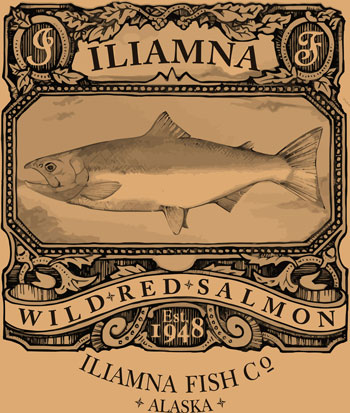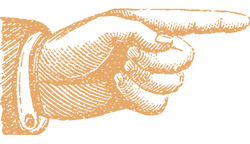

The Wild Sockeye Salmon (Oncorhynchus nerka)
We are devoted to fishing for a simple reason—we love fish. The hard work, the time with family, the salty air, and most importantly, the perfect, delicious beauty of wild, fresh fish. Because we are a fourth-generation fishing family, we are an integral part of a community, an economy, and an environment that we are committed to maintaining.
Set net fishing is restricted by law to nets that measure 50 fathoms long by 2 fathoms deep (300 feet by 12 feet), per commercial set net permit.
In Alaska, all commercial, subsistence and sport fishing is rigorously regulated by the Alaska Department of Fish and Game—there are no exceptions. Over 40 years of steadfast management has made Bristol Bay a model for sustainable fisheries around the world. Outside of subsistence fishing rights for indigenous people, which we firmly support, no fishing is allowed until the biologists who manage the fishery determine that sufficient numbers of fish have escaped to their natal rivers, streams and lake to spawn.
Because we fish in shallow waters with short nets, we have an extraordinarily low by-catch of 0.015%. This fifteen-thousandths of a percentage by-catch (calculated from our total salmon catch) consists of only starry flounder (platichthys stellatus), an incredibly hardy bottom feeder. There are, literally, no other fish to be caught in shallow water with set net-sized gillnets. Per boat, a 0.015% by-catch is approximately 18 flounders per season, 90% of which we return, alive, to the ocean.
Although some members of our family live outside the Iliamna watershed, we are committed to sustaining the land and water that provides our livelihood and that continues to make our community possible.
Wild Alaskan salmon stocks are protected by a simple charter: Fish come first. Biologists monitor some 15,000 streams during the spawning season or “run” that occurs during the months of June and July. When sufficient numbers of fish have successfully entered spawning areas, we are allowed to fish. These diligent biologists assure that, instead of overfishing and destroying the habitat of these precious salmon and our way of life, we will be able to fish for years to come.
